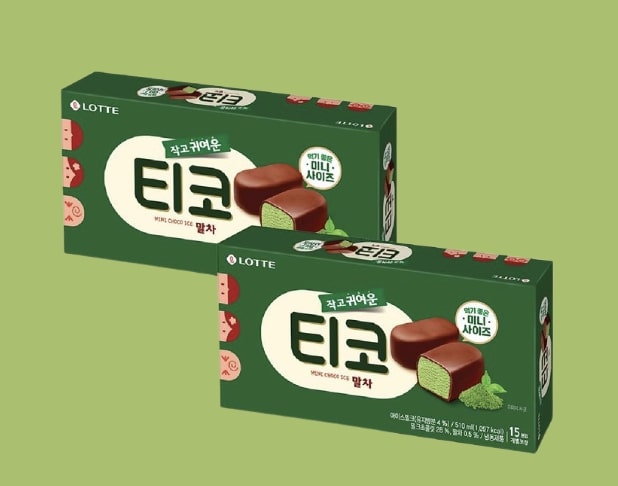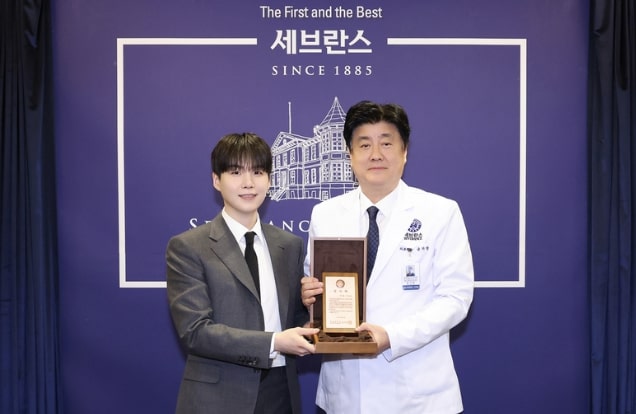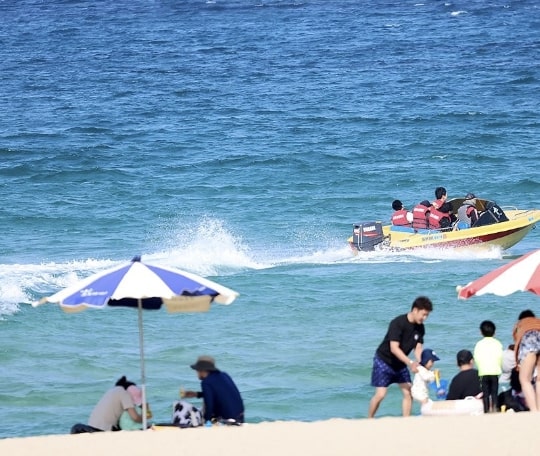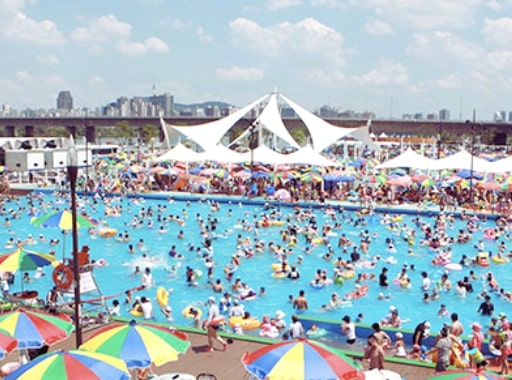
Have You Heard About the Korean Artist Who Developed the Stone-like Paint Surfaces?

His name is Park Su-geun (1914-1965)
Park Su-geun was born in Yang-gu County, Gangwon-do Province, South Korea.
After Park completed his studies at Yanggu Public School, he had to learn how to paint on his own because of financial difficulties.
His biggest inspiration
He is known to have been inspired to seek a career as an artist after he came across a coloured print of Jean François Millet’s (1814-1875) when he was 12.
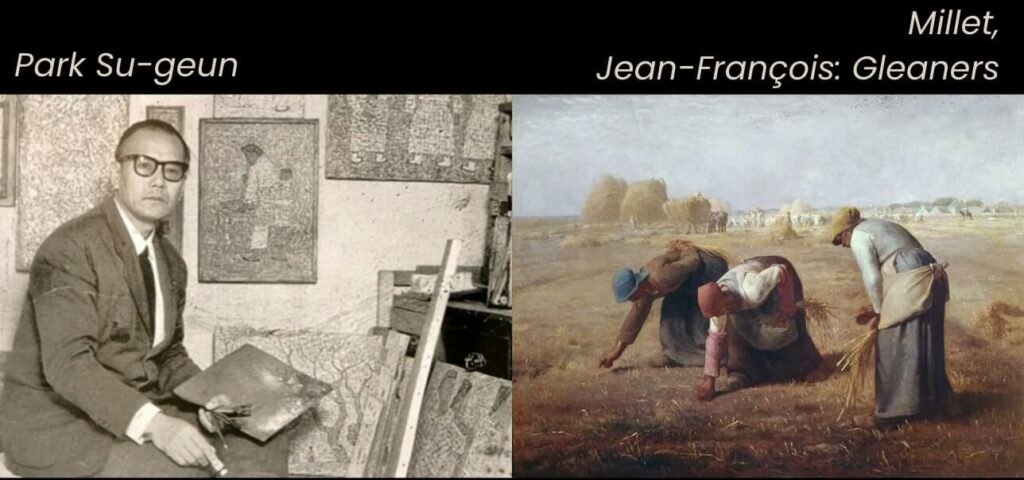
His painting style
Park’s paintings don’t feature colorful flowers, beautiful still lifes, or nudity. Rather, his work is mostly about the daily lives of ordinary people and the rural landscapes of Korea. This is likely due to his lack of academic training, as he did not have a formal art education.

His life in North and South Korea
In order to serve as a clerk for the provincial administration of South Pyeongan-do Province, Park Su-geun relocated to Pyeongyang, North Korea, in 1940. While in Pyeongyang, he joined the artist collective Johohoe from 1940 to 1944, and took part in group exhibitions.
Park Su-geun moved from Pyeongyang to Seoul by himself in 1950; his family followed in 1952. This happened during the Korean War.


His unique painting style
Since then, Park has established a style of rustic naturalism as a painter, with dry, non-glossy, and stark colors and motifs of the common lives of ordinary people. He uses bold black outlines, tan colors, thick textures, and simple forms.

Park su-geun once said
“I find a lot of beauty in places like Korean stone Buddhas and stone pagodas. I am trying to incorporate these features into my work.”

